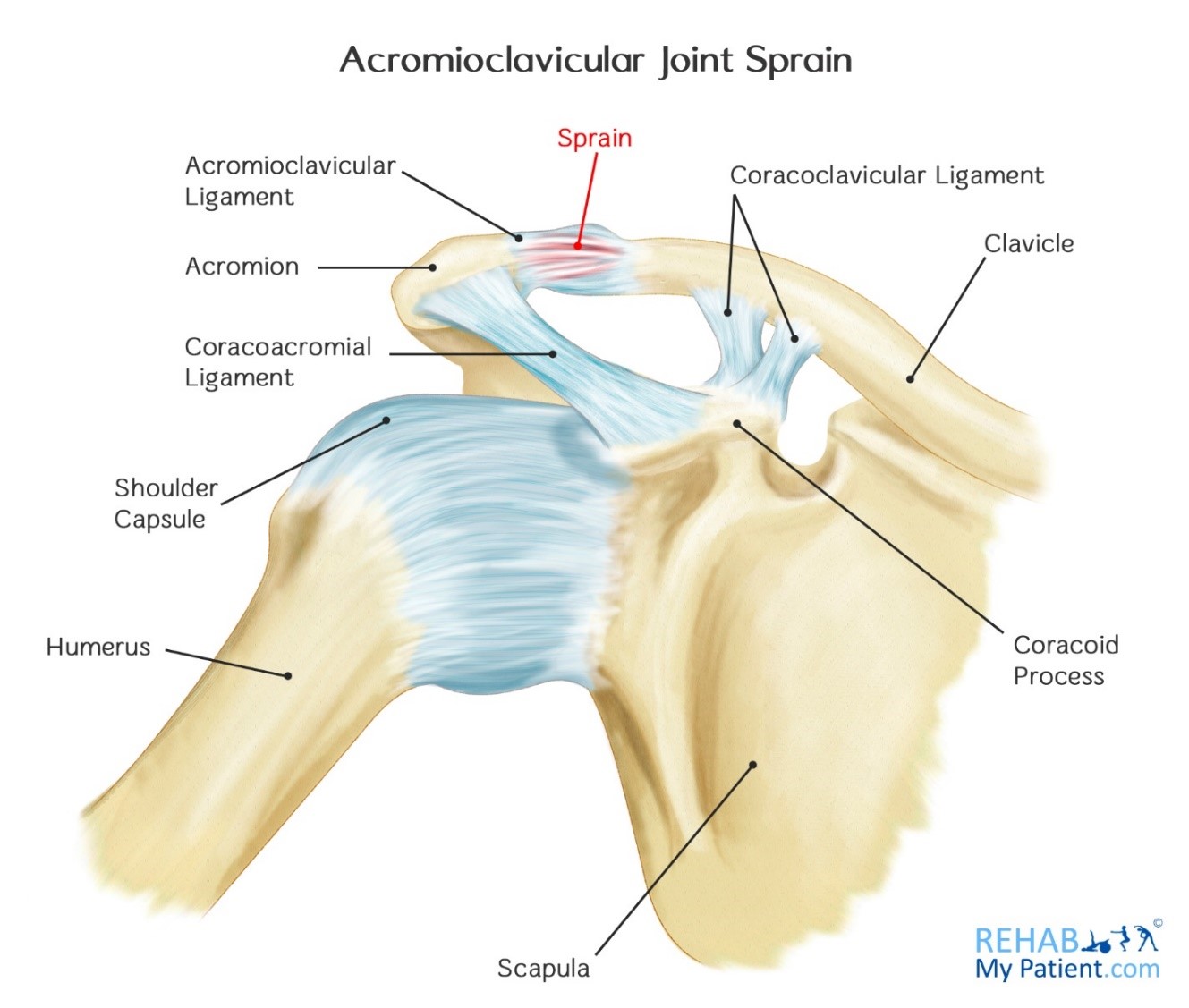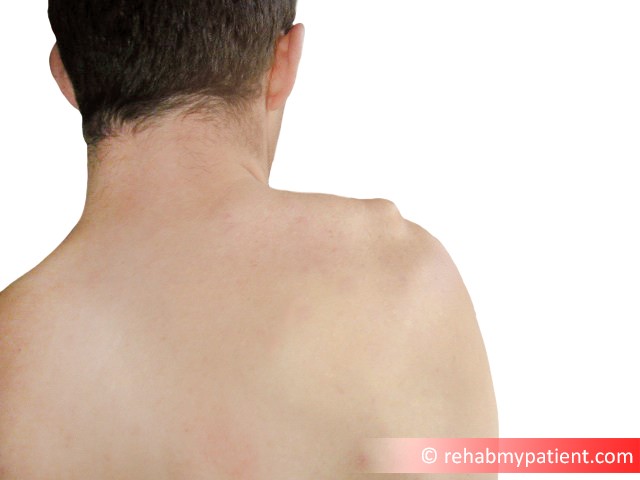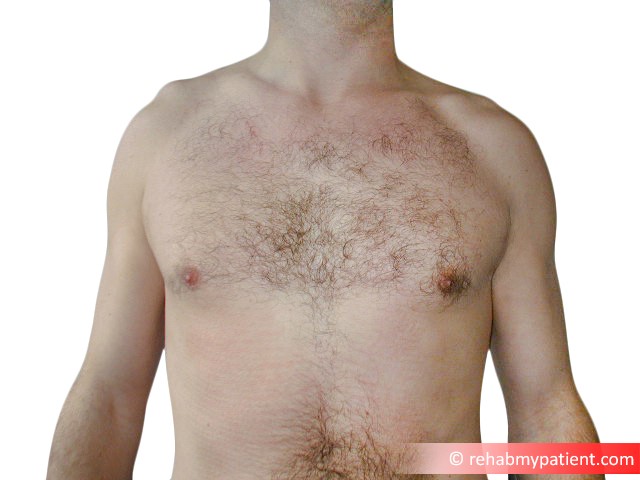
The acromioclavicular (AC) joint tends to be injured most often when an individual falls onto the shoulder point directly. The trauma causes the acromion to separate from the collarbone (clavicle), which causes a true dislocation or a sprain. In cases of mild injury, the ligaments supporting the joint are stretched, classified as a Grade I injury. In more severe cases, ligaments can tear partially, known as Grade II, or tear completely, known as Grade III. When it comes to the most severe of all injuries, the end of the clavicle end up protruding beneath the skin and is easily seen as a protruding bump.
AC joint sprain may also be known as an AC joint separation.
AC joint sprains usually occur in contact sports such as rugby, hockey, or snow sports such as skiing and snowboarding. They are not particularly common, as other injuries tend to occur first such as fracture to the collar bone, rotator cuff tear or shoulder dislocation.
Minor AC joint separations can be difficult to diagnose, but there will be point tenderness over the tip of the shoulder, and you will usually have pain and difficulty taking your arm across your chest past your opposite shoulder.
Acromioclavicular Joint Sprain Anatomy
The top part of the shoulder blade is known as the acromion. The acromion literally means “tip” of the shoulder. If you look at the shoulder, it looks like a small protrusion at the top. Following a rupture of the ligament however, this protrusion can look quite prominent.
The AC joint that is formed where the acromion connects with the collarbone is known as the acromioclavicular joint. Often, there is a bump in the area, which can be large in people normally. Like most of the other joints in the body, it has a cartilage disk inside and the bone ends are covered with cartilage. Joints are held together with a capsule, while the clavicle is held into position with two heavy ligaments known as coraco-clavicular ligaments.
How to Treat an Acromioclavicular Joint Sprain:
1. Ice
Applying ice directly onto the point of the shoulder pain is helpful to minimize swelling and help to alleviate pain. Apply ice for five to 10 minutes at a time, three to five times per day to achieve maximum results.
2. Sling
Using a sling will help to relieve some of the weight from your shoulder. The less pressure and weight on the arm, the better it is going to be for you.
3. Gentle Movements
Gently moving the arm can help to prevent any stiffness. Exercise putty is helpful to improve elbow, hand and wrist functions. Attempts at vigorous shoulder mobilization from an early stage can lead to additional pain and swelling.
4. Surgery
Surgery is often reserved for those instances where the pain is residual and the deformity within the joint is unacceptable after numerous months of conservative treatment methods. Pain can occur when direct pressure is applied to the joint, such as straps from undergarments or work clothing. There might be catching, pain or clicking with any overhead activities like throwing, reaching or lifting. In some individuals with thin skin and minimal soft tissue and muscle padding above the shoulders, the prominent clavicle after separation is unattractive, since the shoulder isn’t balanced.
Tips:
1. Based upon the severity of the injury, it may take two to three weeks to heal properly. In certain instances, the shoulder won’t heal without surgery.
2. Arthritis can happen as an isolated event within the joint, which causes aching, stiffness and even swelling.
3. Young individuals lifting heavy weights might develop early osteoarthritis of the AC joint.
4. Following surgery, refrain from lifting for three weeks. After that time, begin a progressive exercise program and activities as your symptoms allow.
5. Hand, wrist and elbow exercises begin immediately following your surgical procedure.
A severe case of right sided ACJ separation – the lump you see is the clavicle rising up
Sign Up
Sign up for your free trial now!
Get started with Rehab My Patient today and revolutionize your exercise prescription process for effective rehabilitation.
Start Your 14-Day Free Trial


